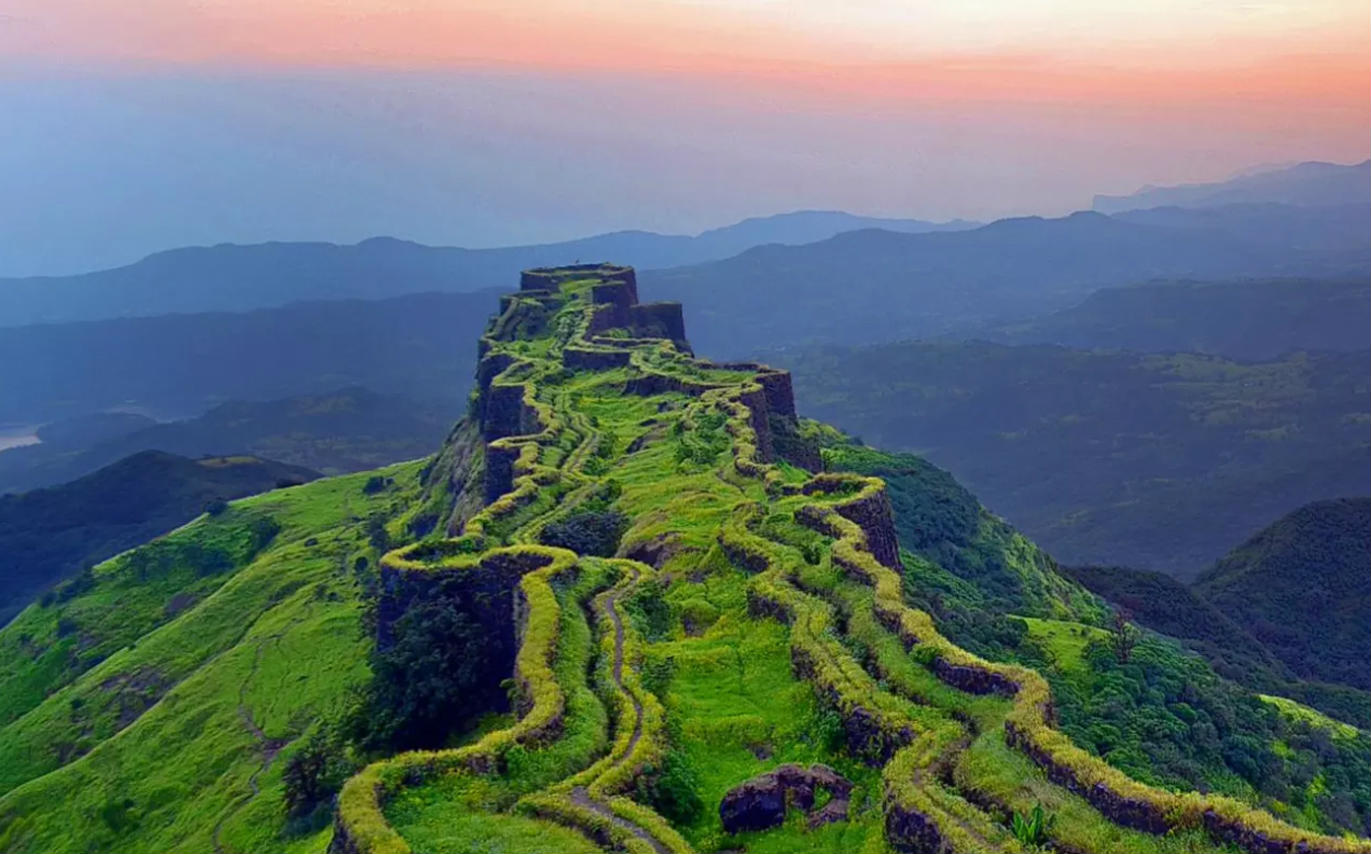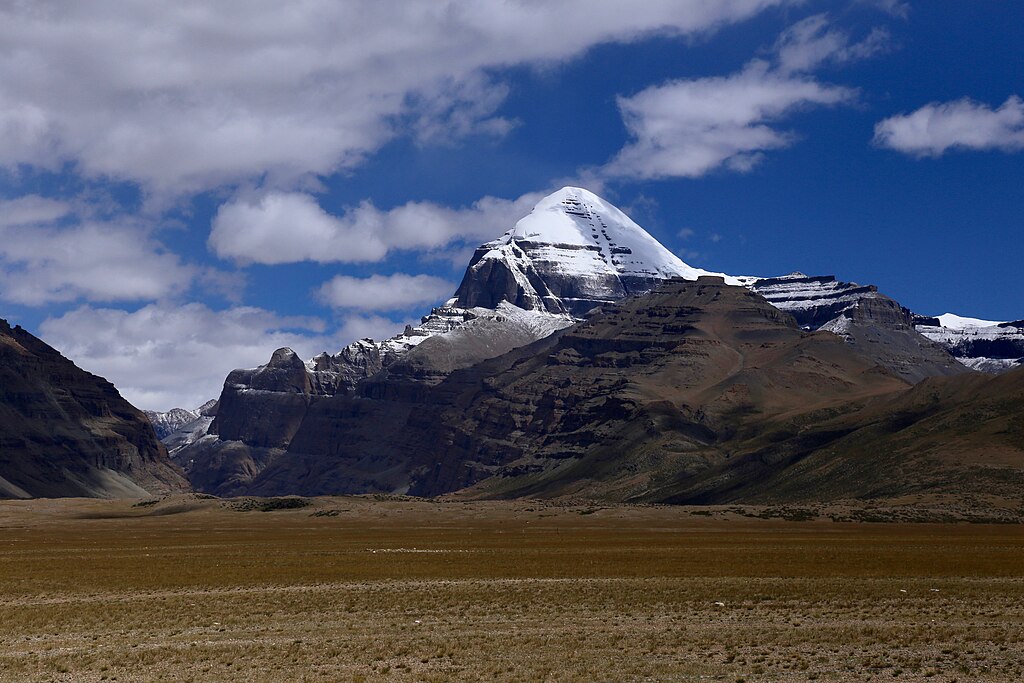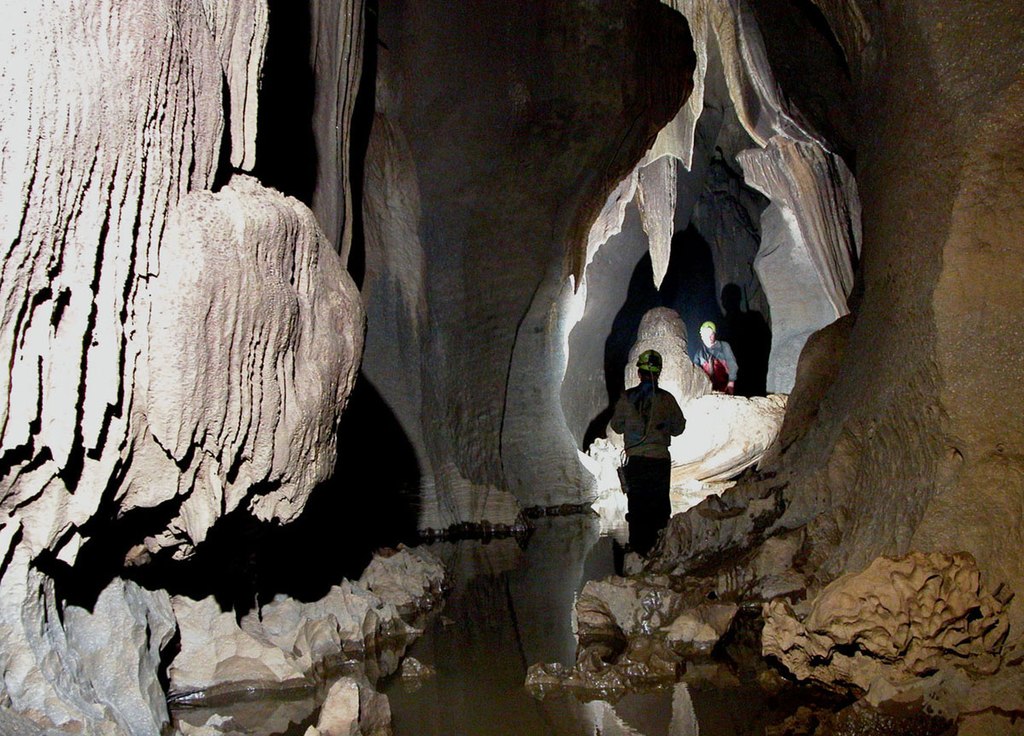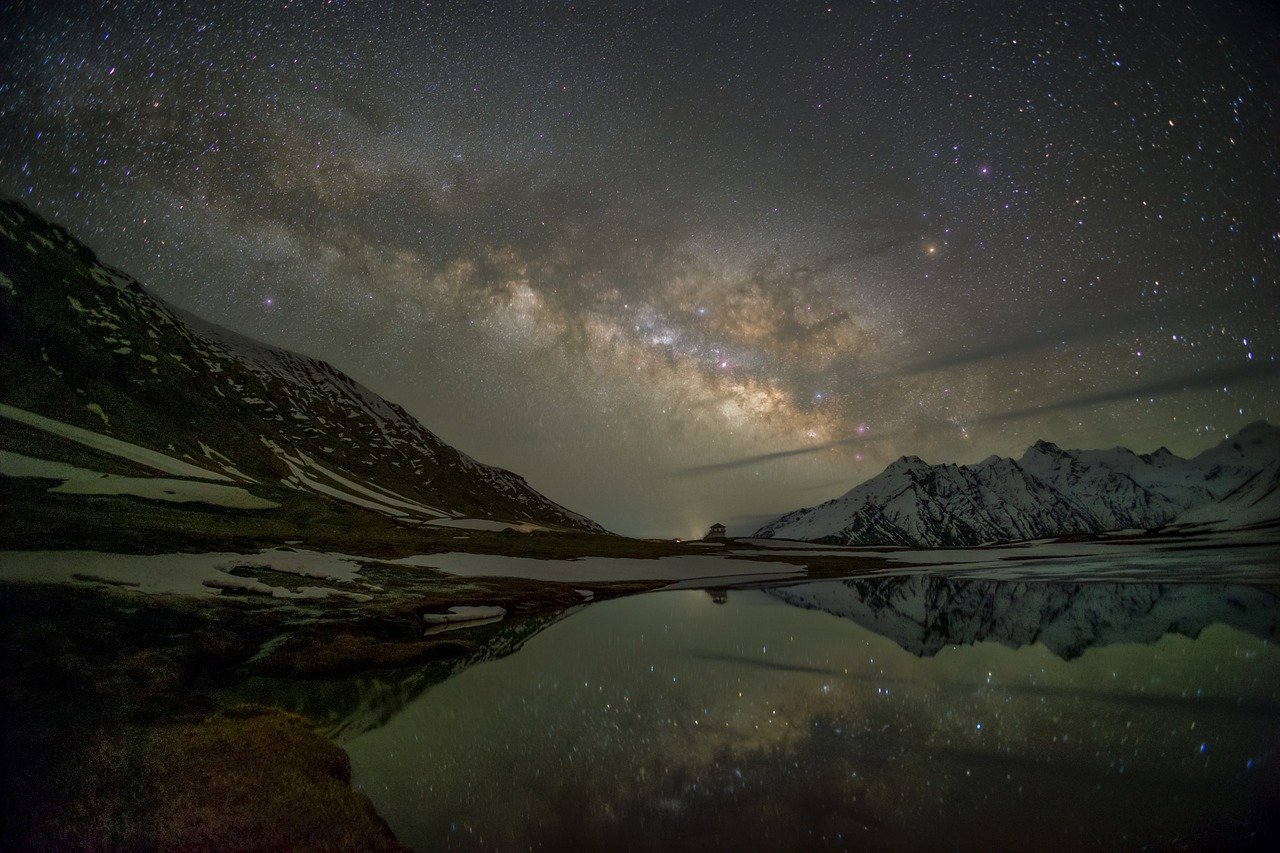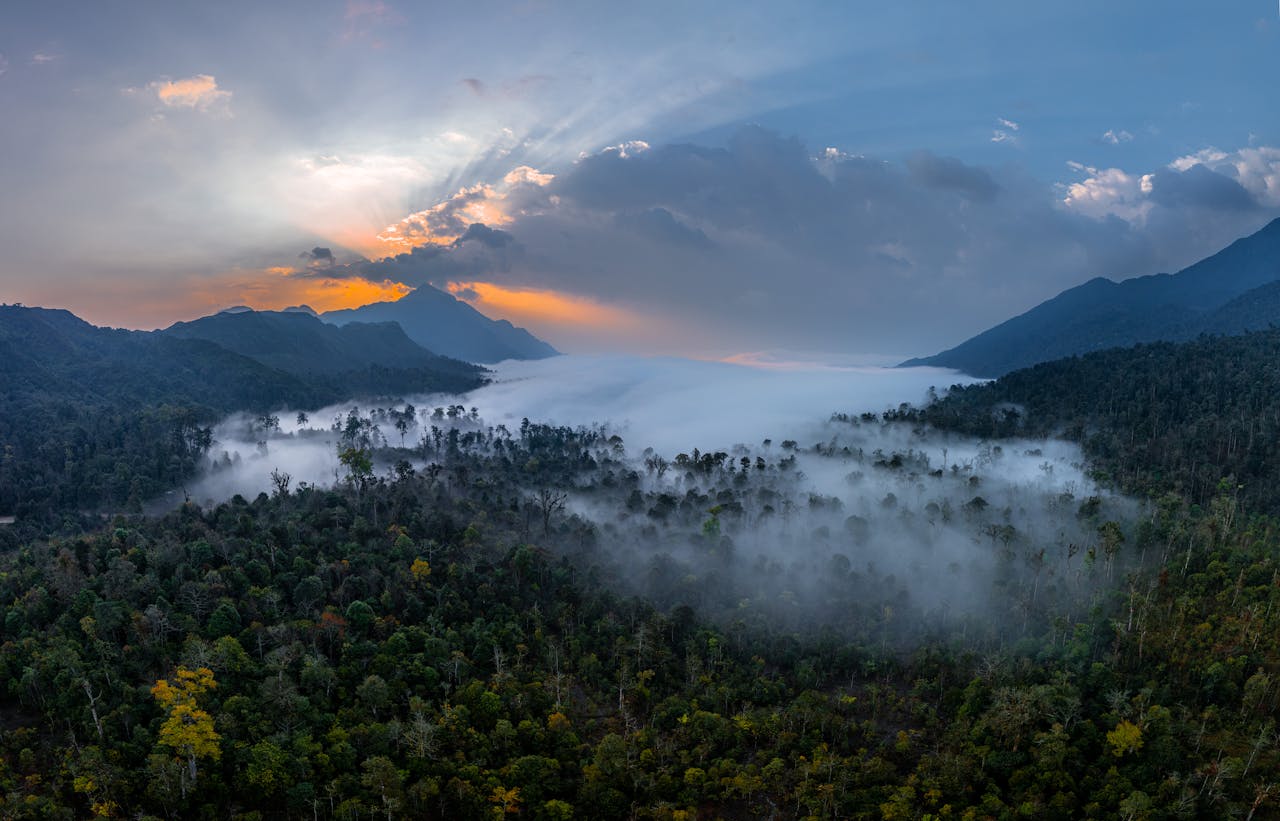
The Return of the Lost | 10 Animals That Came Back from Extinction
Most people think extinction means gone forever. But nature has a way of surprising us. Some animals have disappeared for decades, even centuries, only to make a dramatic comeback. Scientists call them “Lazarus species”—like they’ve risen from the dead. One famous example is the coelacanth, a prehistoric fish thought to have gone extinct 66 million years ago. Then, in 1938, a fisherman in South Africa pulled one up from the deep sea. The world went crazy. This wasn’t just some small lizard or insect; this was a living fossil, a creature that had seen dinosaurs roam the Earth. Came Back from Extinction









